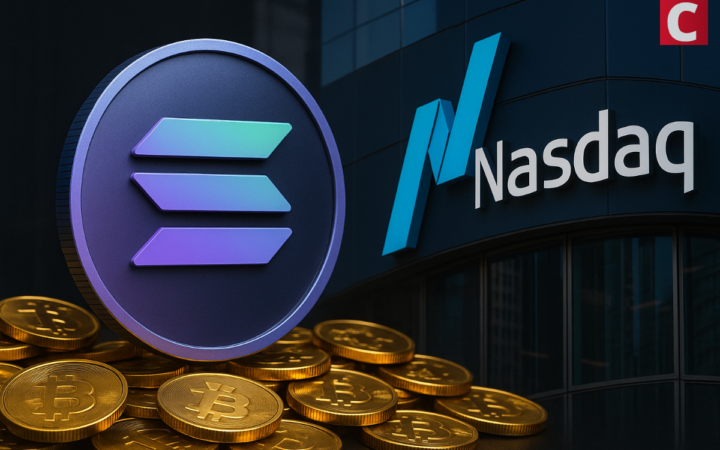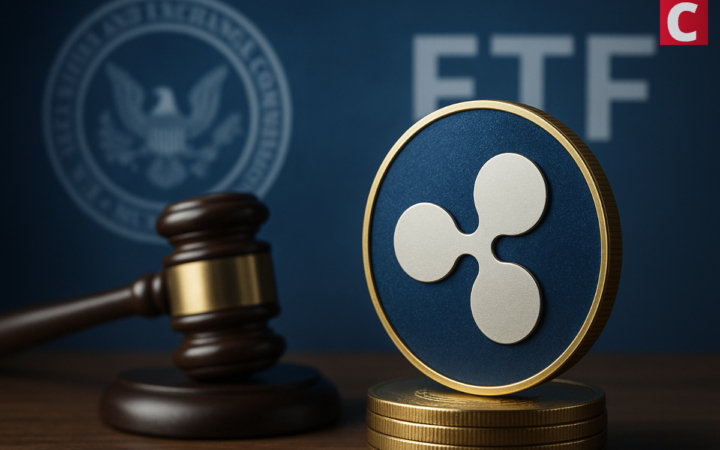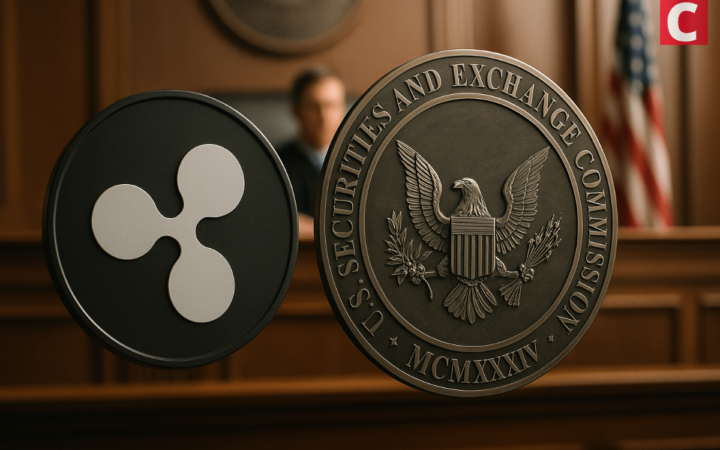
Please check out latest news, expert comments and industry insights from Coinspeaker's contributors.
As more traditional funds begin to invest in digital assets, conversations around regulation and investor protection will continue to ramp up.

2022 could prove to be a pivotal year for traditional investors and their relationship with cryptocurrency. What was once considered fringe, is now beginning to enter the mainstream, with companies such as KPMG, JPMorgan Chase, Square and Tesla advising and choosing to invest in the crypto sphere.
In an interview with Yahoo Finance in October 2021, SEC Chair Gary Gensler said that “the crypto field has been a catalyst for change,” adding “it has pressed up against what we think about money, about ledgers, about finance, and so forth.”
But as cryptocurrency and blockchain technology begin to experience an upsurge in popularity, the issue remains that regulatory perimeters and investor protection is currently undefined.
Throughout 2021, Tesla’s CEO Elon Musk employed the powers of social media to drive up and down the prices of both Bitcoin and Dogecoin. While it remains to be seen if this was his true intention, it’s worth noting that Tesla reported $1.99 billion USD worth of bitcoin on its balance sheet at the end of 2021, and a study conducted by the Blockchain Research Lab found that “Musk’s followers lean on his reputation for success when evaluating new information about Bitcoin or Dogecoin, resulting in abnormal price and volume effects.”
The study concluded that the social media activity of high-profile individuals can have a significant impact on cryptocurrency prices and “suggests a conflict between the ideals of freedom of speech, morals and investor protection.”
So, what exactly does all this mean for future markets and the traditional companies willing to put the likes of Bitcoin on their balance sheets?
In February 2022 KPMG Canada confirmed they had invested in an unknown amount of Bitcoin and Ethereum, marking the accounting powerhouse’s first direct purchase of crypto. The move provided another strong indication of crypto’s pull on traditional investors.
“This investment reflects our belief that institutional adoption of cryptoassets and blockchain technology will continue to grow and become a regular part of the asset mix,” Benjie Thomas, the Managing Partner of advisory services at KPMG in Canada said in a statement.
But with growth comes power, and the more powerful crypto becomes the more regulators feel the pinch to step in. In January the SEC released their proposed amendment plan for regulating exchanges and platforms that currently sit outside SEC supervision.
While the report didn’t specifically name crypto, it broadly implied the inclusion of digital asset platforms. Something those in the crypto market will be keeping a close eye on.
“As far as digital assets go, I think there’s certainly some concerns there,” Stephen Wink, partner at Latham & Watkins, told the Financial Times. “This change could potentially capture a greater swath of folks in the digital asset area.”
But not all in the digital asset sphere look at SEC regulation as a bad thing. BACKED, an asset-backed equity firm on blockchain, welcomes the idea of compliance. Recognizing that it could be key to opening them up to the coveted institutional investor.
“We believe regulation is essential for any crypto project to be successful and sustainable,” explains Kevin Yunai, founder of BACKED. “Normal business procedures must be implemented so that you have a thorough KYC/AML handling within crypto exchanges to ensure stability.”
BACKED’s approach applies fractional investment, a mixture of crypto, NFTs, private equity, real estate, etc. to help ease the institutional investor into the world of digital assets. Offering them the chance to get in early, alongside the comfort of what they already know and understand. It’s a strategy the company is hoping will help in opening them up to the early majority.
“In crypto, one day is like a year. Things change fast so it’s important to have that equilibrium where all parties’ needs are looked after,” says Yunai, loosely referencing one of Elon Musk’s most famous memes.
As more traditional funds begin to invest in digital assets, conversations around regulation and investor protection will continue to ramp up. Early adopters that found success in crypto have paved the way to a broader audience ready to see what all the fuss is about. How all this affects the future market could depend on the ability to translate terms like blockchain, tokens and DeFi to more risk averse investors.
“This is just the beginning,” remarks Yunai. “Money, like energy, will automatically flow seamlessly between currencies in the near future.”
Disclaimer: Coinspeaker is committed to providing unbiased and transparent reporting. This article aims to deliver accurate and timely information but should not be taken as financial or investment advice. Since market conditions can change rapidly, we encourage you to verify information on your own and consult with a professional before making any decisions based on this content.

Please check out latest news, expert comments and industry insights from Coinspeaker's contributors.




